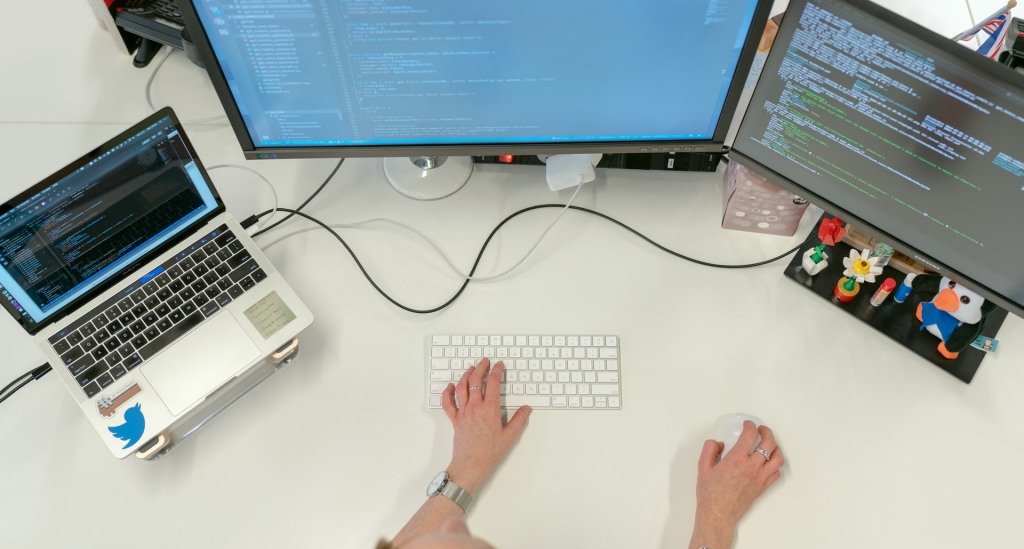Gamification has taken on an increasingly important role in better business results over the last few years. Businesses are turning to Gamification as a new method to engage, train, and reward employees from HR. Real-world employment processes such as recruiting, knowledge, and development have begun to include gamified principles.
On the other hand, gaming is frequently viewed as a sort of escape and a way for us to avoid the stress and obligations of everyday life. Gaming can also help people immerse themselves in a virtual environment and find clarity. Gamification isn’t inherently beneficial to society until you can apply the fundamental ideas to companies regarding better business results.
Gamification plugins for WordPress can benefit your organization with perfect gamifying strategies and a business-friendly approach. They may be utilized in a professional setting to achieve a similar goal: to pique people’s curiosity and increase user engagement.
How does Gamification work?
The practice of incorporating game ideas into a corporate system is known as Gamification. Rewards and competitiveness are the two main tenets of this model. Because they can influence their employees’ needs to win, businesses bring Gamification inside the firm to expand productivity.
Smart companies use it to motivate their employees to do their best work. They provide prizes for particular activities to achieve this goal. For instance, they can give someone five points for getting a new customer. Workers are then given special privileges as a result of these virtual rewards.
Gamification In The Workplace
Involving gamification in environments like a workplace is not a new idea. Though, the technology’s accessibility allows us to take a new look at its possibilities for both businesses and employees. By applying gamification principles including (badges, levels, points, bonuses, rewards, quests, etc.), practically every process might be more efficient.
Gamification Training
Gamification boosts employee engagement and information retention when used to train small business staff. You can use Gamification to train your employees in a variety of ways, including:
- Create a healthy competitive environment at the workplace.
- Inspire your staff to post their accomplishments and badges on social networking sites like LinkedIn.
- Set aside a leaderboard to track and display your employees’ progress to motivate them to perform efficiently and earn more prizes.
When your employees have mastered a talent, reward them and encourage them to learn more. This gives your staff a sense of empowerment and control over their education.
Gamification should be easy to implement as a result of this factor. If your small firm employs a mix of generations, you should use Gamification at various levels to engage all of your employees in your training efforts.
How to use employee-centric Gamification for better Business Results?
Recruitment
In large-scale organizations, mass recruitment can be a real difficulty. While automation software can help with basic work, the creative component, screening prospects and guiding crucial talent through the recruitment funnel, falls on the recruiter’s shoulders. Gamified elements can minimize the routine practices when employees fill up the forms and provide basic screenings on their own.
Learning & Education
Gamification in corporate sectors enables business learning to keep their employees flexible and dynamic for challenging roles. Up to five generations are represented in today’s workforce. Various causes inspire each generation, ranging from monetary incentives to meaningful labor; It’s difficult for everyone to retain long-term engagement. It isn’t easy to validate that your company’s goals and employee accomplishments are on the same track.
Companies that use Gamification in training programs aim to replace the mundane, repetitive, and tedious components of the day-to-day workplace with an engaging learning space. Self-achievement, freedom, command, and social connection are core ingredients of this new thrilling journey.
Employee Engagement
Keeping employees engaged increases efficiency and makes business transformation easier. To show that you value your employees, use employee gamification in your business. Employees that are valued timely are more likely to stay with your company.
Gamification-based rewards demonstrate that you value and appreciate your staff. Gamification can also be utilized to acknowledge when your staff goes above your expectations.
Corporate Training
Gamification in the workplace refers to the use of games or gaming elements in corporate training. Games are becoming an increasingly important aspect of activities as technology becomes more accessible to all enterprises. Gamification is a means to obtain theoretical and practical abilities, and people learn better through personal experience.
Team Productivity
Consider gamification strategies to clear the goal of personal and team productivity in a healthy and motivating environment. In many large-scale corporations, employees could play a game that enables them to manage their workload independently or as a team.
Virtual cash was given to the game’s leaders, which could be swapped with physical benefits and bonuses. This effort is currently ongoing, and participation is voluntary in many organizations; as a result, organizations do not put undue pressure on employees to reach certain targets.
Competition And Reputation
Most people have an innate desire to share status when they achieve something. Leaderboards are a fantastic concept for this reason. Making accomplishments in a social milieu also pushes people to keep overpassing each other and stay motivated to attain certain goals.
Boost Your Company’s Brand
Like most others, your company must have a mission and set of standards. These values define who you are as a corporation, the type of service you want to offer, and so on. Employees are more engaged at work when they are aware of and appreciate the company’s values. You may increase brand awareness among your staff by using Gamification. To give employees a strong feeling of purpose at work, embed your mission values into every part of the LMS and personalized gamification tools.
Digital Badges
In digital business, this is probably the most popular sort of Gamification. As a sign of accomplishment, businesses award their users with a digital badge. Completing a training module or making a particular amount of purchases could be considered an achievement in this situation.
It’s similar to receiving a medal, except this time it’s a digital one. People enjoy collecting trophies as they go through new levels of a challenge. The obstacle could be moving along the client journey or following a course curriculum, depending on your business. At certain predetermined stages, a badge is unlocked, and the user can collect them as they go.
Progress Paths
To enhance work completion, progress path narratives clarify employment difficulties and achievements. In most games, the next desirable action is obvious. These progress paths are usually not obvious in real-world circumstances, but they are provided when attaching progress routes to your business processes.
Over time, the complexity of problems in progress paths grows as well. A more expert user requires a more exciting challenge to stay engaged with the business, while a novice is rewarded for more basic activities.
Conclusion on using Gamification in Business
Hopefully, these observations and takeaways will assist you in better organizing and implementing your business-friendly gamification strategy and initiatives at your organization. When there’s some competition, things get a lot more interesting. However, it would be best if you executed and restrained these strategies in your business.
Please get in touch with us if you have any more thoughts or questions on Gamification for business or how some of this might apply for other benefits for your firm. We’d be delighted to speak with you.
Author – Aijazz is a Digital Content Producer at WPexperts. On a mission to publish technology and digital marketing blogs, articles, and whitepapers for the world’s leading publisher. Outside of work, he loves hiking with friends.


